The (extremely?) rare X-Fujinon SW 24mm f/2.8 EBC tested on the digital Fuji-X XT-20
A mysterious lens
When I saw this odd glass on the table of a well-known flea market in Rome, I was puzzled since I never heard of it. I purchased it for 20 euro (23 dollar, more or less).
The full writing around the front lens is: FUJI PHOTO FILM JAPAN EBC X-FUJINON SW 1:2.8 f=24mm DM.
After some digging, I can conclude that one of these is true:
- this is an extremely rare lens
- there is a world-wide conspiracy to hide information about it
I'd rather bet on the former hypothesis, and indeed by the time of writing I can't find a single X-Fujinon 24mm on sale on the Internet. Information regarding past sales is scarce to non-existent, too.
Also, I can't find a single test on the Internet of this wide-angle, just a rumor written by someone who says that a German guy long a time ago tried it against other similar products from other brands and thought that it was inferior.
Maybe it was on a magazine, maybe somewhere else, he really couldn't remember. Practically nothing!
Also, adapters for Fujica are less common and often more expensive than others, maybe this is why old Fujinon lenses get tested mostly in the M42-screw variants.
Anyway, since my adapter has been quickly delivered, I'll be the first to post a review of the mysterious item, maybe I'll discover a treasure! I'm thrilled!!!
SPECIFICATIONS
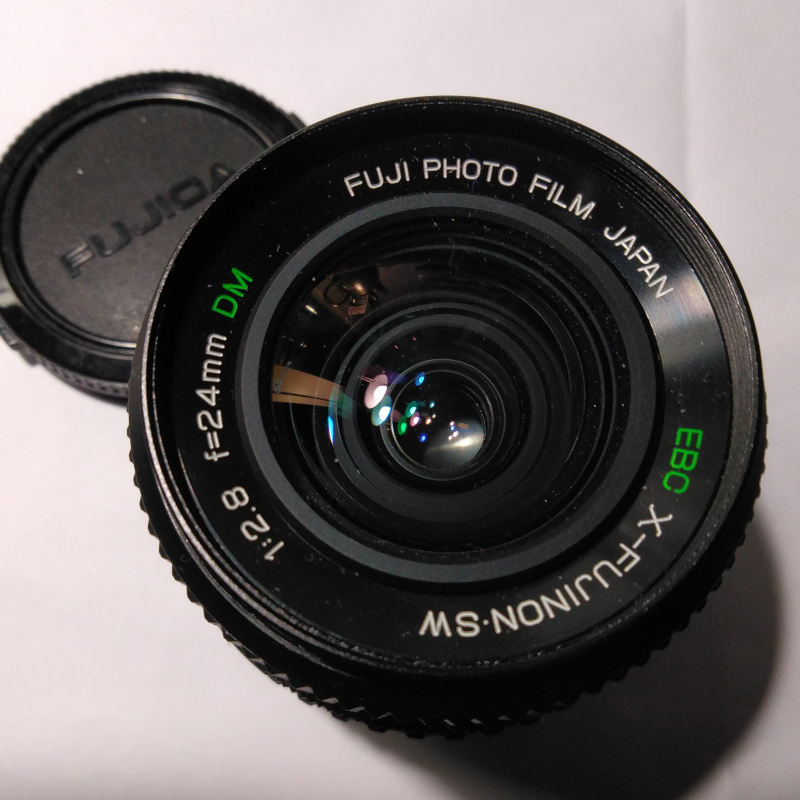
|
focal length 24 mm (equiv. to 35mm on APS-C) angle of view 84° format full frame max aperture f/2.8 min aperture f/16 aperture blades 5 lenses/groups 9 elements in 8 groups min focus distance 0.25 meters --- filter diameter 49 mm weather sealing no weight 195 g |
The specifications are posted on different places on the web, though I read "S" (on the Internet) instead of "SW" (on my lens), but I don't think that implies any difference for the lens parameters above.
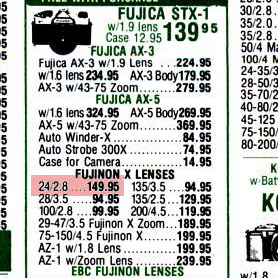 on a couple of old magazines, this was the most expensive prime you could buy for the Fujica (see the
highlighted text) film cameras at a given time.
on a couple of old magazines, this was the most expensive prime you could buy for the Fujica (see the
highlighted text) film cameras at a given time.A MATTER OF CLICK AND DAMP
The item in my possession is in excellent conditions, it's been well-kept; externally it has no signs of wear, not a single scratch i present on the surface.
The construction feels very solid and tight, the aperture ring has very clicky steps (no half steps), the focus ring damp is constant (good) but a bit on the hard side though I am totally sure that the grease inside is a bit dry, hence in the beginning the resistance must have been minor.
Alas, if you choose a non-full aperture, when you run and then release the aperture lever the diaphragm blades go back a bit slowly (jut less than one second) and I can definitely see some oil on them, but they are still fully functional.
The lens appear to be very very clean, if my sight doesn't fail me, the oil hasn't gone there. I wonder if this lens has ever been used.
One important aspect of the old lenses is the ease of properly focusing with APS-C cameras, that is not always for granted.
I have found myself very confident in this case and focusing hase been very easy; one reason is probably the long throw of the ring, the other one the luminosity perceived in the EVF.
You may argue that the latter aspect has nothing to do with the lens in itself, and yet, for instance, when using the Zeiss Distagon 28/2.8 and also a Zeiss Sonnar I often have to raise a bit the brightness of the electronic viewfinder for a better experience. Mysteries of the digital world!
GENERAL IMAGE QUALITY
Finally, the optics on the bench!
The first impression, without pixel-peeping, is very good. The colours are vibrant, I'd say especially the red tones, but mind the fact that the following images have been shot with the "Velvia" film simulation and that the Fuji-X sensors are notoriously kind with the red range of the spectrum.
The bokeh is very pleasant. At full-aperture beautiful balls appear around lights, though they present an external ring and some irregularity. Stopping down the diaphragm hole shape becomes evident, but the pentagons are not too distracting.
I sense some vignetting, but I'd leave that to a specific test, if I have time.
All in all, I think in my hand is a lens with a character.
A few not centered crops follow, from f/2.8 to f/8, I have cut the part useful to render the general idea:
| SCENE 1 | |
|---|---|
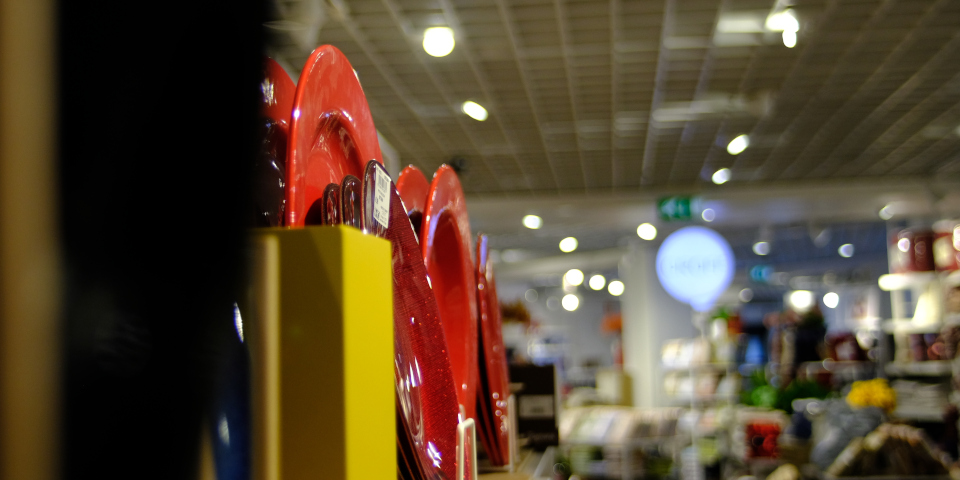
f/2.8 |
|
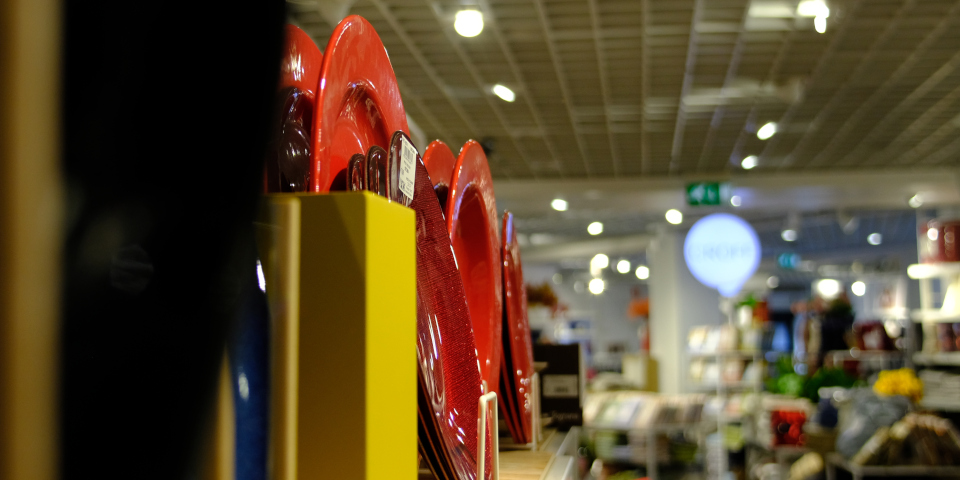
f/4 |
|
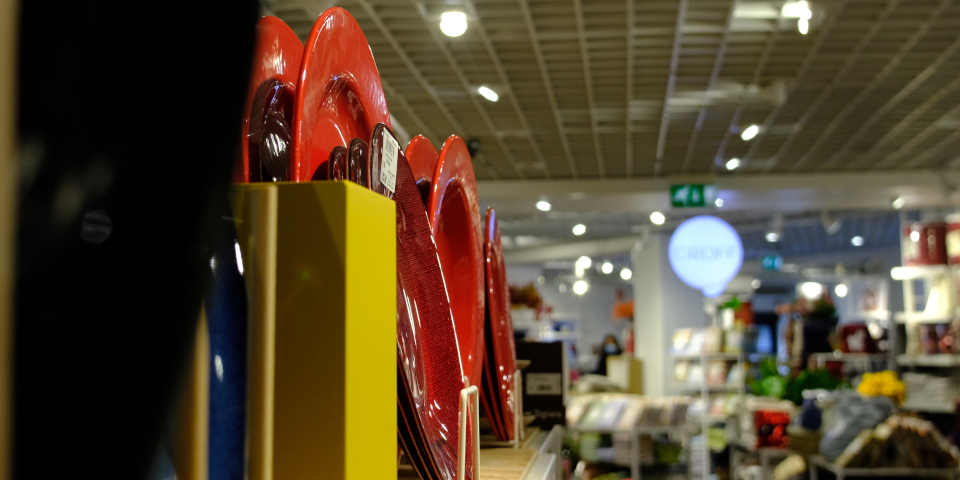
f/5.6 |
|
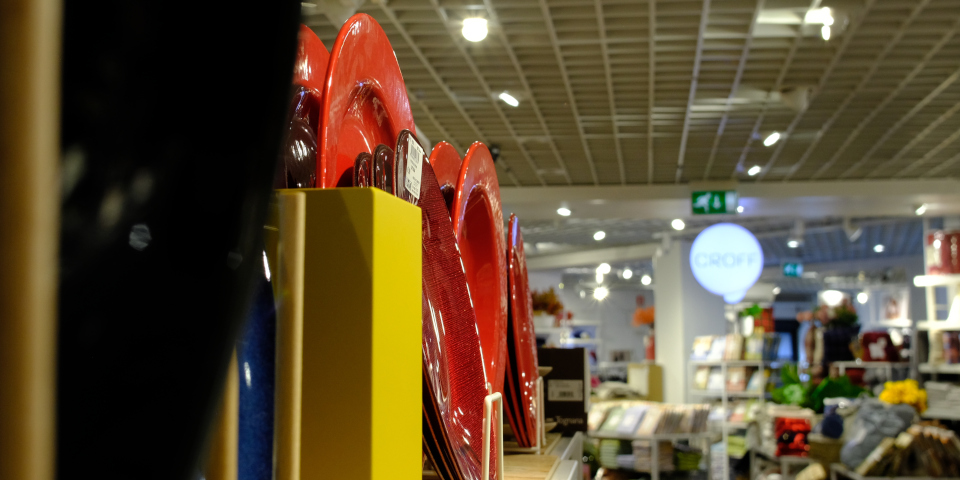
f/8 |
|
| SCENE 2 | |
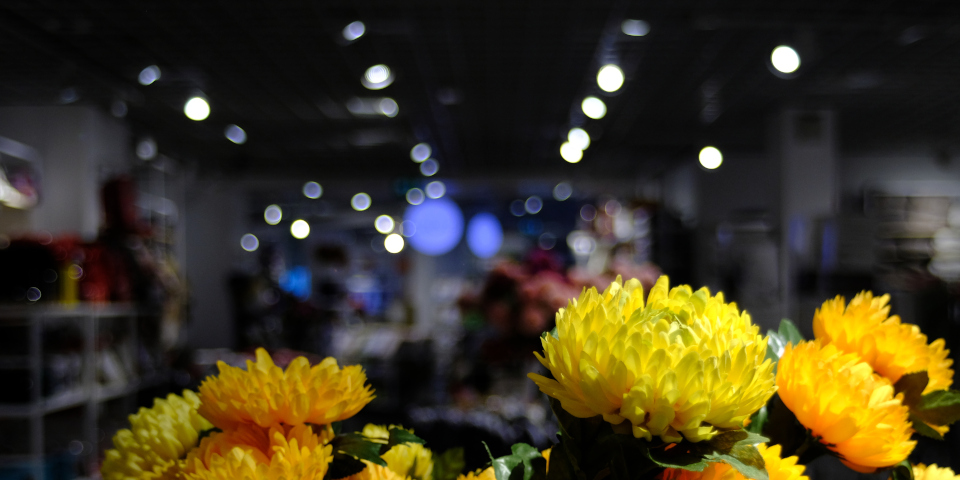
f/2.8 |
|
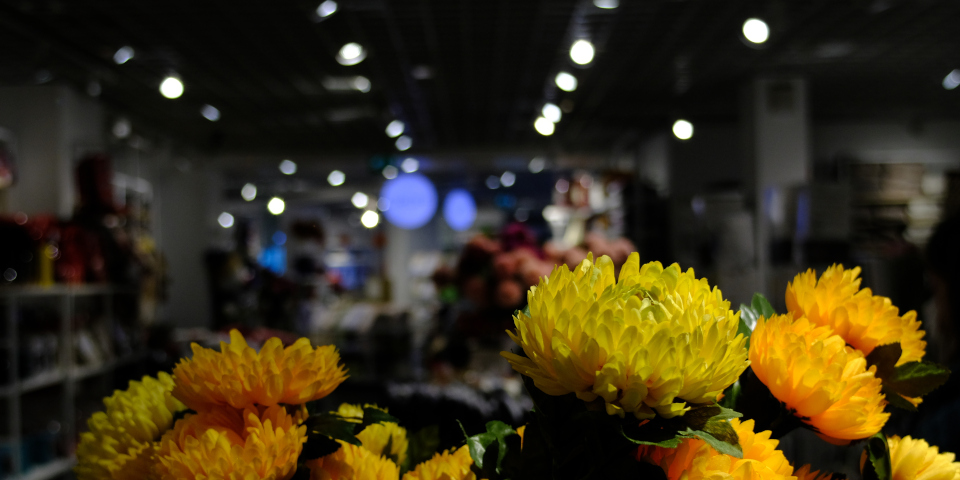
f/4 |
|
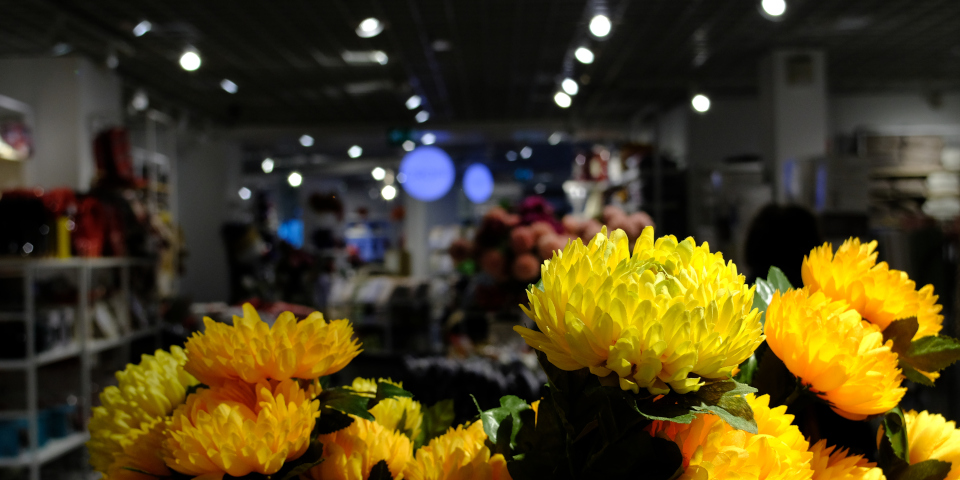
f/5.6 |
|
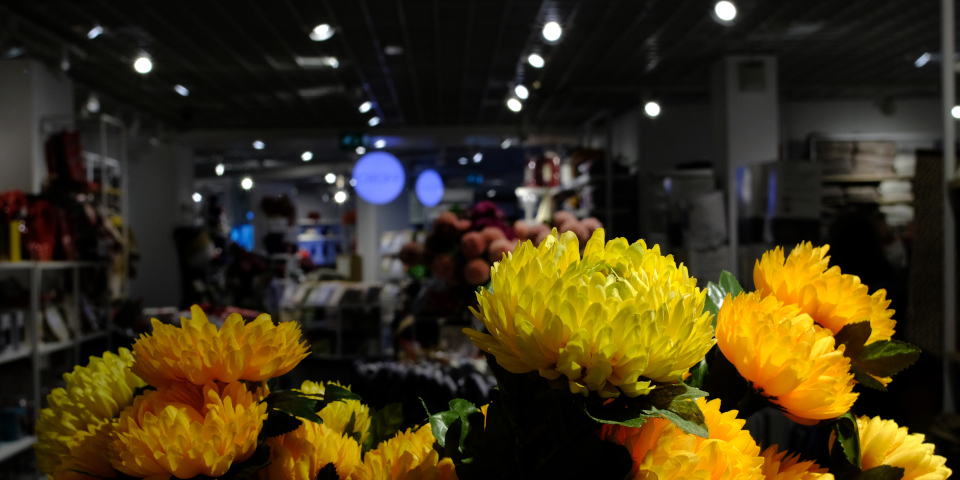
f/8 |
SHARPNESS, SHORT DISTANCE, CENTER (pixel-peeping)
For short-distance subjects, this X-Fujinon SW 24mm f/2.8 EBC has a good resolution in the center. There is a bit of softness at full aperture, some haze that can be seen with the digital focus assistant, but sharpness improves fast.
One very odd thing happened here. This time, the Fuji XT-20 processor failed me: it added some coloured glow to the borders of the elements in the scene (JPEG file), but I can't see such glow when I open the RAW file, so the lens is even better than it seemed at first.
It is a pity that the lens it doesn't feature half-stops, I would have tried something in between f/2.8 and f/4 to see if sharpness would improve but keeping the pleasant bokeh balls of the full aperture images.
I will present the 100% crops from the center of test images, on the left the JPEG files straight from the camera, on the right what I could obtain from the RAW files.
The results are not exactly the same: apart from the exposure, that I changed a bit, the files from the camera show some yellow in the paper, while RawTherapee produced an almost fully-white tint, which is more correct.
Add the glow issue, I can say that in this case the best result come from manual editing, where I also applied some more sharpness (less would have been better), and the edited image at f/2.8 (on the right) is sharp in the center, but minimal digital artifacts peek in: some letters display a bit of scaling. Nothing that you would ever notice in practice, anyway.
From f/4 and onward, there is nothing left to complain about, and by editing the outcome goes far beyond (my) expecttions. Take a look at the tin border of the box on the top of the image: you can count the tiny, almost straight wrinkles of the metal, in spite of the scarce contrast of the tones of the subject.
So, with a small effort you can squeeze out excellent performance for the center of the image at very short distances (WOW!). It's good if you like to shoot a plant or flower.
Long story short, here come the crops...
| SHORT DISTANCE, CENTER CROP, 100% SIZE CAMERA JPEG |
SHORT DISTANCE, CENTER CROP, 100% SIZE RAW FILE EDITED WITH RawTherapee |
|---|---|
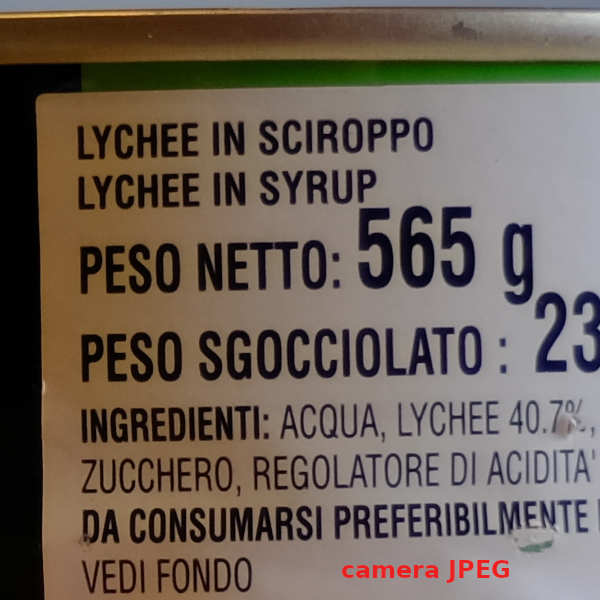
f/2.8 |
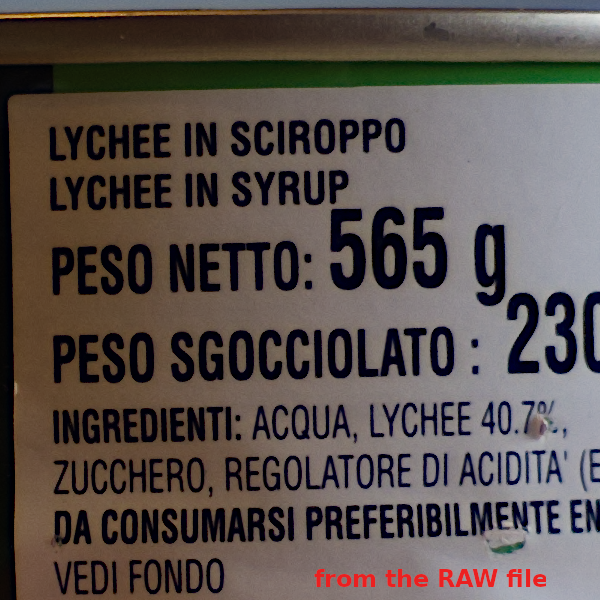
f/2.8 |
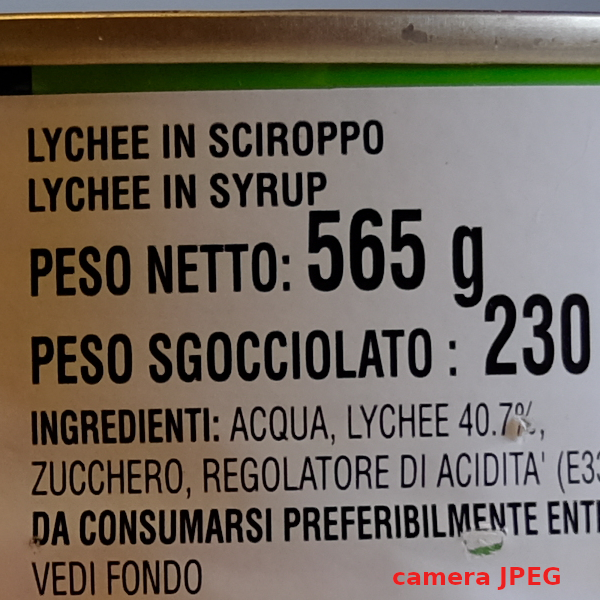
f/4 |
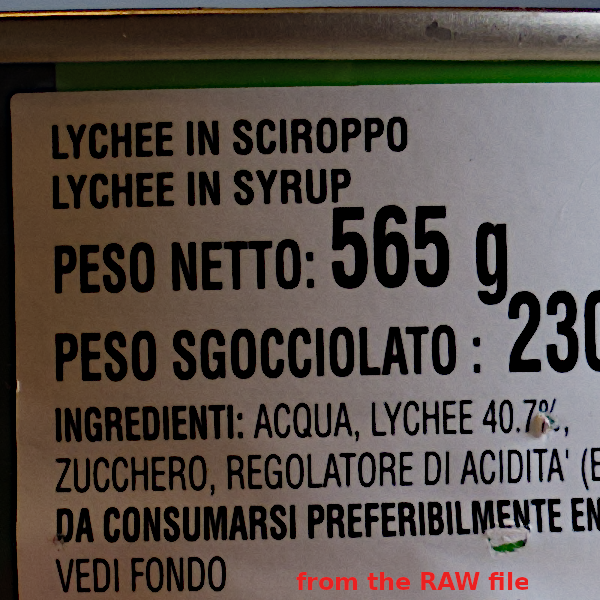
f/4 |
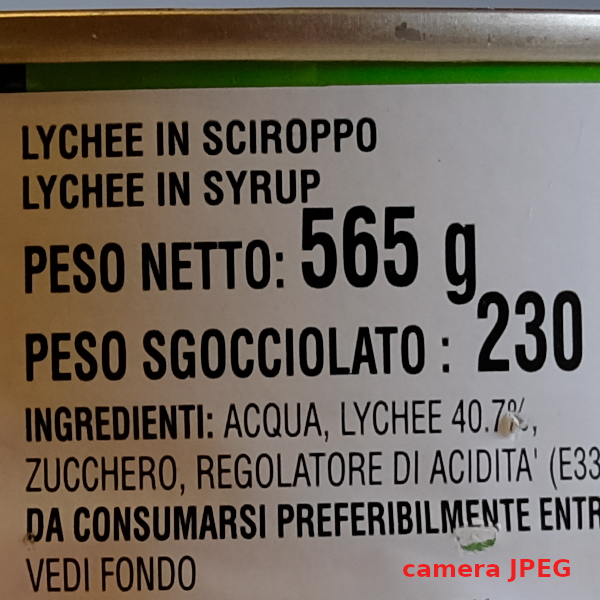
f/5.6 |
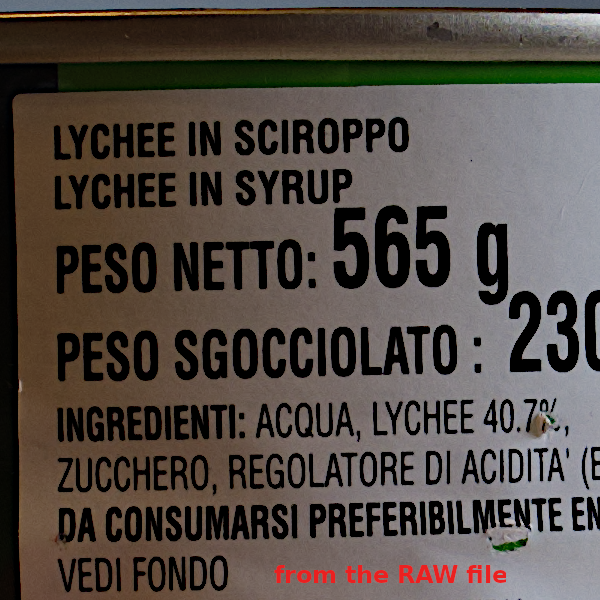
f/5.6 |
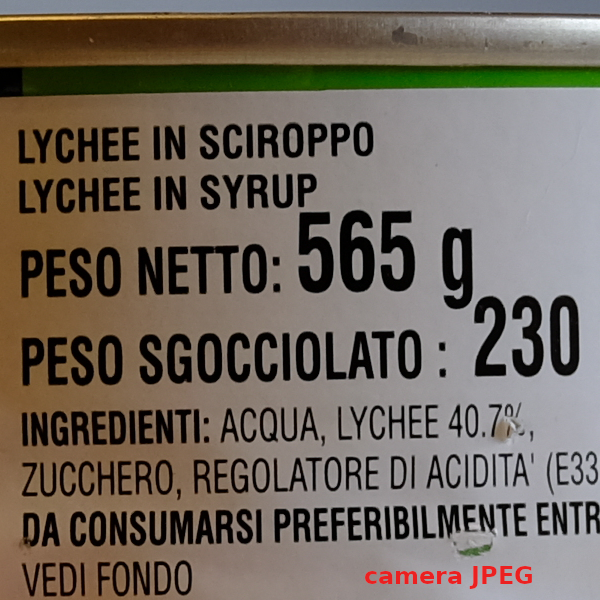
f/8 |
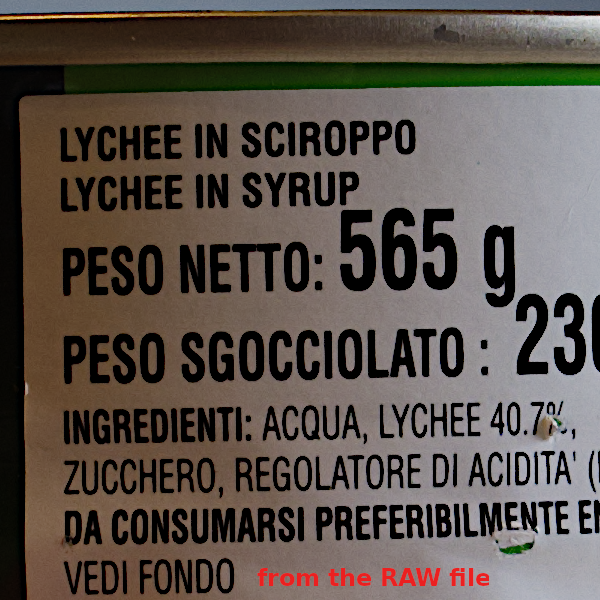
f/8 |
SUBJECTS AT A DISTANCE
As soon as a bright day came with strong sunlight hitting roofs through clear air, I could not miss the opportunity to take a few shots and evaluate the lens with subjects at distance, up to infinity.
I struggled a lot to find a decent spot to have buildings in the right position. My first impression, due to uneven distances, was very bad, until I found the place.
From the point of view of sharpness, this lens performs very well in the center, even at f/2.8. At full aperture, though, it suffers from some haze (not so evident in the first batch of images, but I will show it better), but from f/4 it is already very very sharp.
Talking of the mid-frame, it is bad at f/2.8, better but still sub-par at f/4, is very good from f/5.6. In this regard, there are better lenses.
Worse must be said of corner performance, that is terrible in the beginning and good only at f/11, but at f/11 you're already trading away some quality in the center, because diffraction is kicking in. f/8 may be a bit better of a compromise. How much this lens would be better with a film camera, I can't say.
At f/16 both the center and the mid-frame are taking a hit, the marginal improvement at the corner doesn't justify the trade-off.
You can notice some fringing in the corner, a blue/violet brightness emanating from the white bars. It is not horrifying, but it is present at all apertures.
One good thing is that I don't see any relevant distorsion, I'm not being scientific but I bet there is just a small amount of barrel shape for the buildings where they are placed so that I can properly check their lines.
Update: see the relative chapter: the presence of a small amount of barrel distorsion is confirmed!
I didn't notice any focus-shift, I think this lens is free of it. Good.
In short, in the center the X-Fujinon 24mm is an excellent performer, in my opinion, though there are optics that can do better at f/2.8.
For the rest of the APS-C frame, it is a mixed bag: it can be taken into consideration for landscape but only if the amount of light allows to close the diaphragm; for sure there are better options.
So, you want to stay away from this lens for architecture and be careful for landscape photography.
Here is the first batch of images:
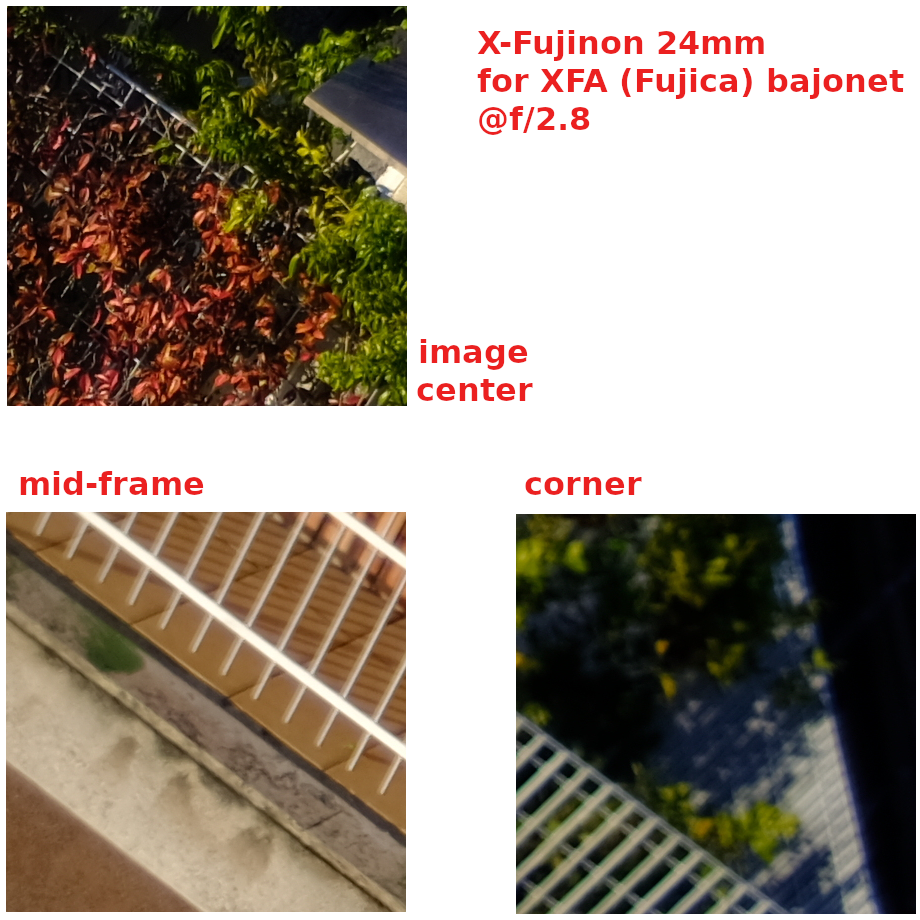
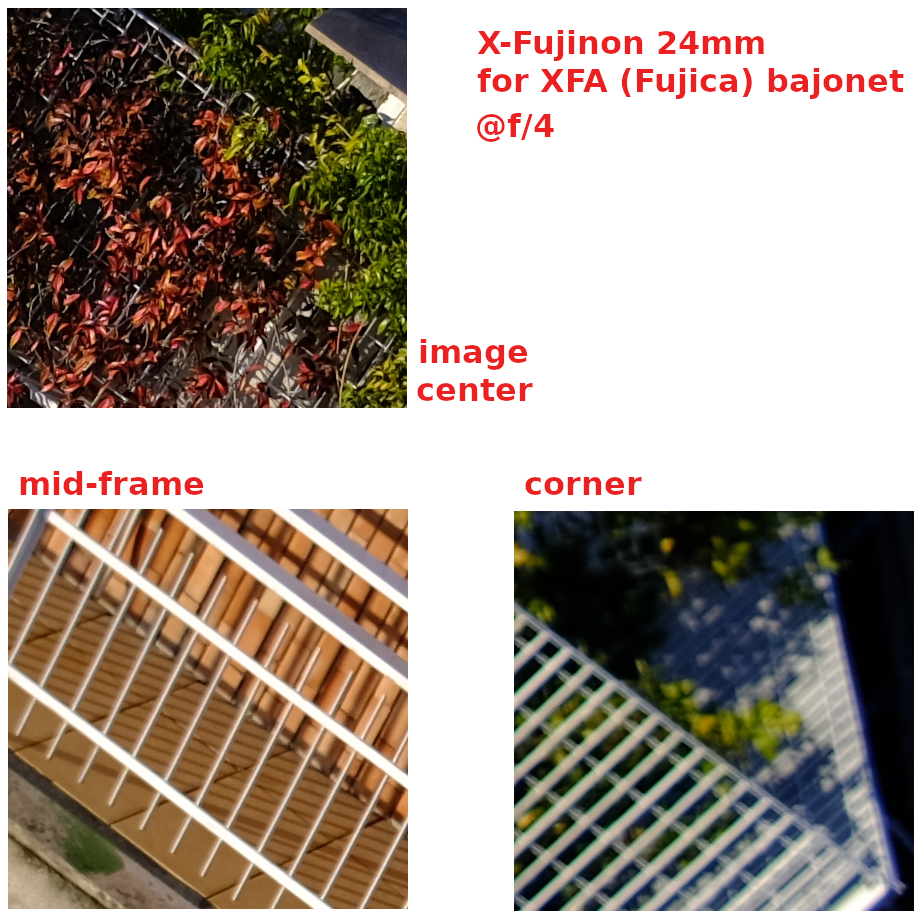
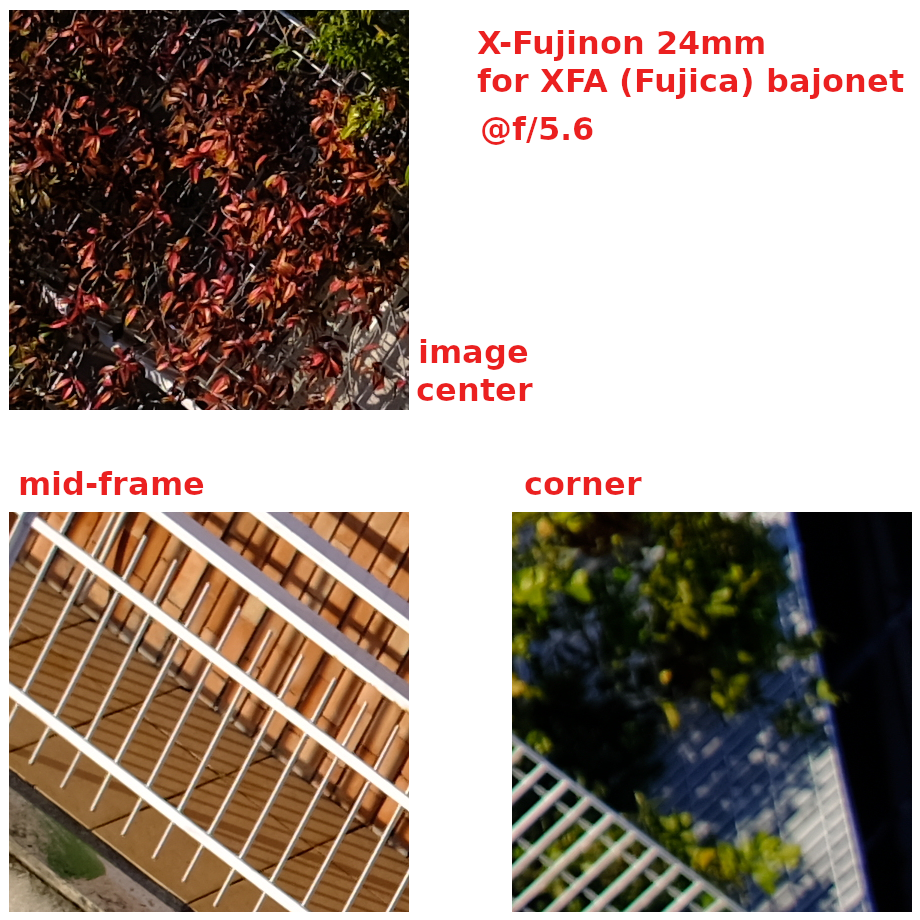
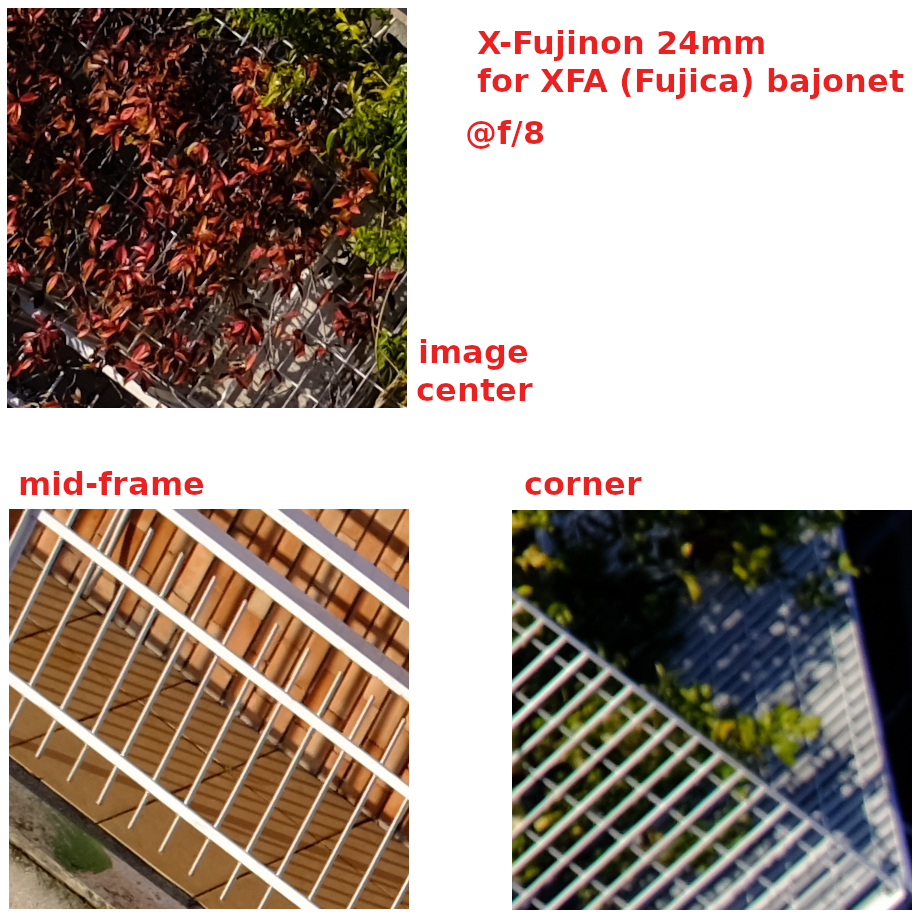
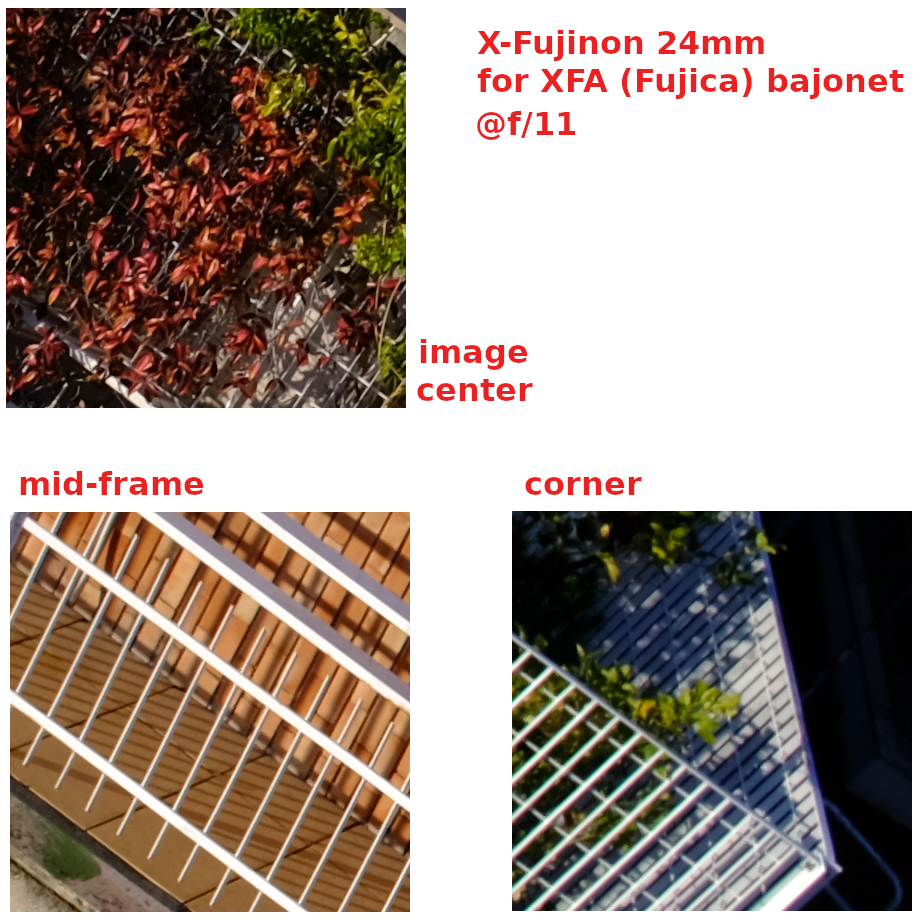
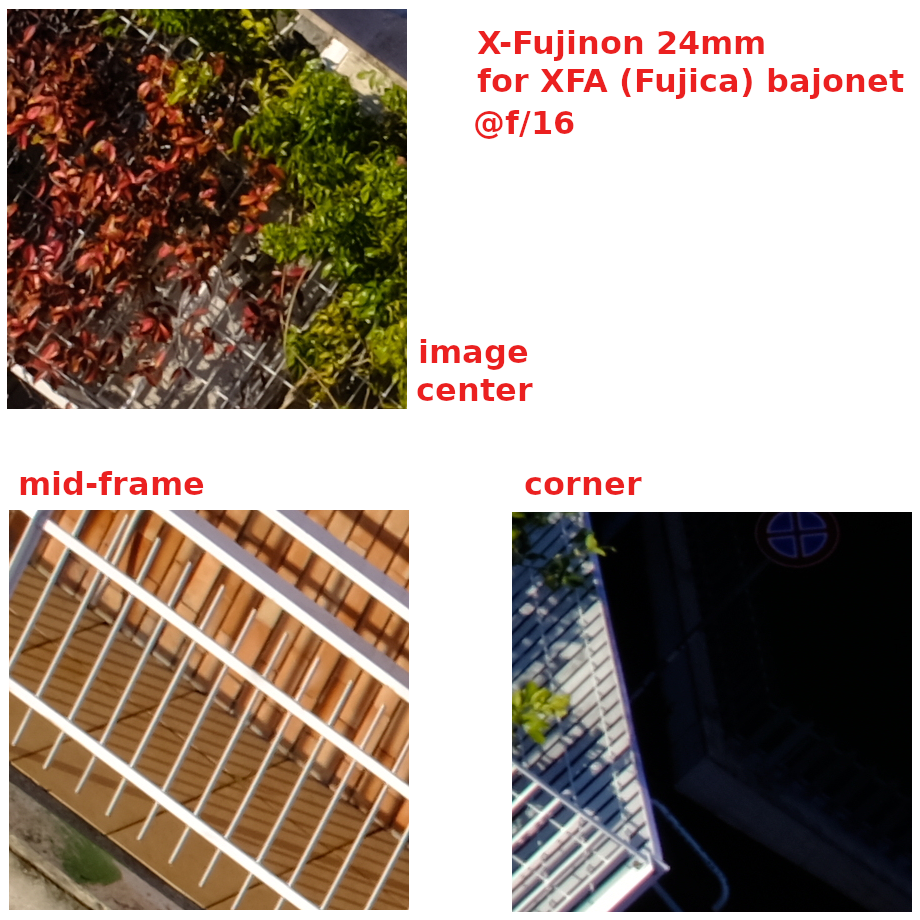
DISTORSION
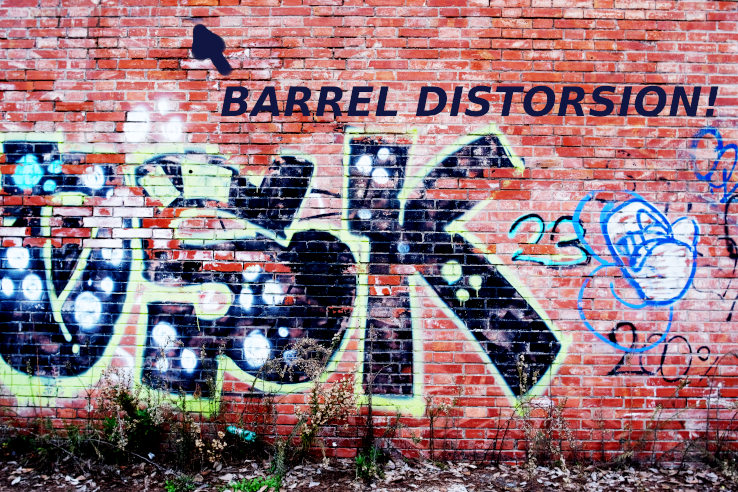
Typical for its category, the X-Fujinon 24mm suffers from a mild yet perceivable barrel distorsion, it looks rather "regular" to me so it should be easily corrected via software. The same amount appears at all apertures, so I am presenting a single sample shot (contrast is strongly enhanced to highlight the lines between the bricks, the upper lines are evidently curved).
ABERRATION, FLARE, COMA, OTHER EXOTIC ABERRATIONS
Far from being an expert in optics, I can provide a few information on the aspects of "complex" aberrations.
First good news: spherochromatism (longitudinal chromatic aberration) is totally absent for this lens.
This is most welcome in the digital world because this aberration cannot be fixed in software post-processing and may spoil images in the centre, that is where you never want it!
If spherochromatism was present, the images that follow would display colours in the out-of-focus lines. Instead, lines are properly grey (sorry I did not have a more contrasty sheet). Very well!
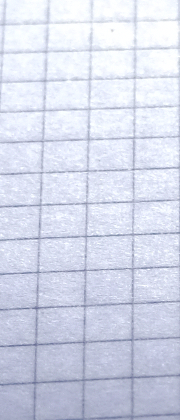
|
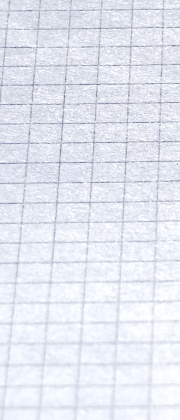
|
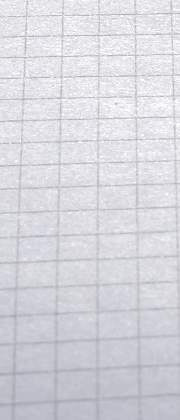
|
| no spherochromatism at f/2.8 | no spherochromatism at f/4 | no spherochromatism at f/5.6 |
| spherochromatism: it is totally absent for the XFujinon 24mm f/2.8 | ||
Coma and/or astigmatism (I can't tell which is which) are present at full aperture and become less evident stopping down; they are modest for a lens of this type and age which is good, but I don't think that this product would be taken into consideration by astrophotographers.
Flare is well controlled, much better than for many other legacy lenses and even in comparison to some contemporary offering. I don't know if and when I'll include some shots to prove this, so for the moment you must take my word for granted.
In general, the non-trivial optical schema pays off, but beyond my expectations.
Indeed, the relatively high price of the lens at the time (see the image with the listing at the beginning of this page) was justified.
SUNSTARS
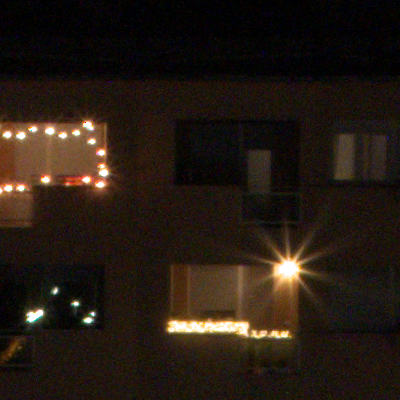
|
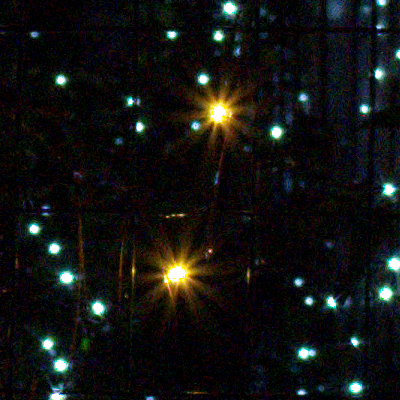
|
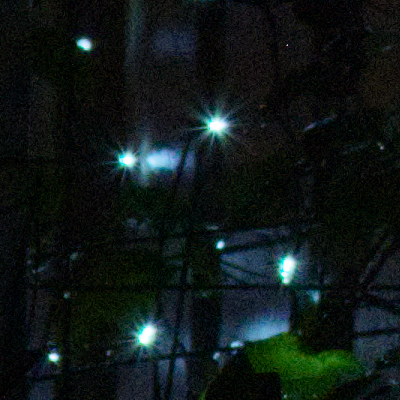
|
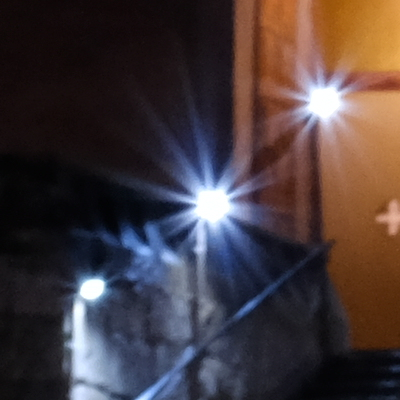
|
It's via the Internet that I found out about how much some people care for sunstars produced by lenses, I never thought of it
as an aspect of such importance! I don't know if at the time when the XFujinon 24mm was produced there was so much attention for sunstars, anyway I read that double spikes are not in fashion and that a spike should just be, well... spiky, it should not originate a fan, but fans it is exactly what I see here. Their angle is not ample, so the outcome is not unpleasant but I undersand that between "not unpleasant" and "perfect" there is a distance. From the point of view of sunstars, for those who care about it, this lens is of scarce value but not ugly at all. |
|
SAMPLE SHOTS
This has been taken in low light at full aperture, the outcome is decent though:
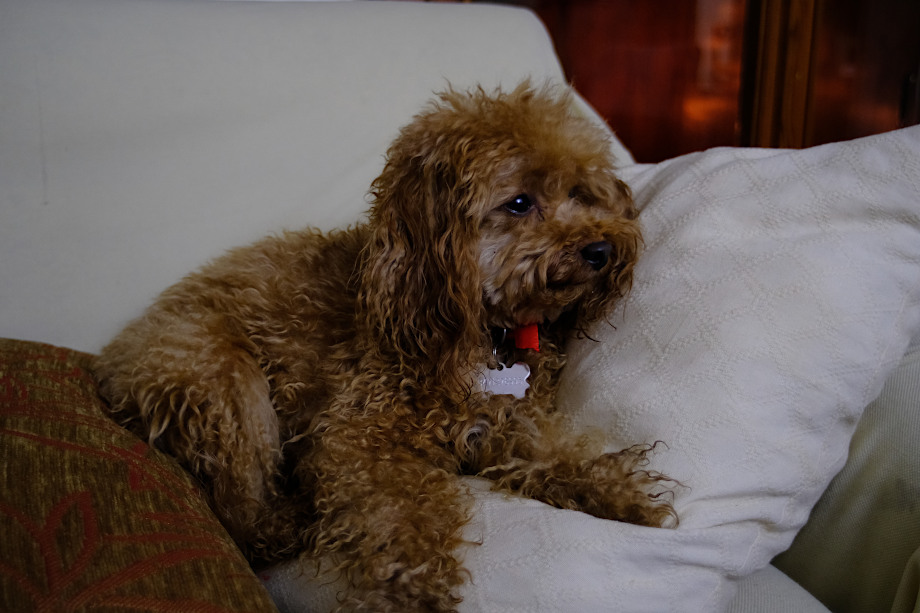
Here, a black&white, (intentionally) high-key shot taken along the Tiber:
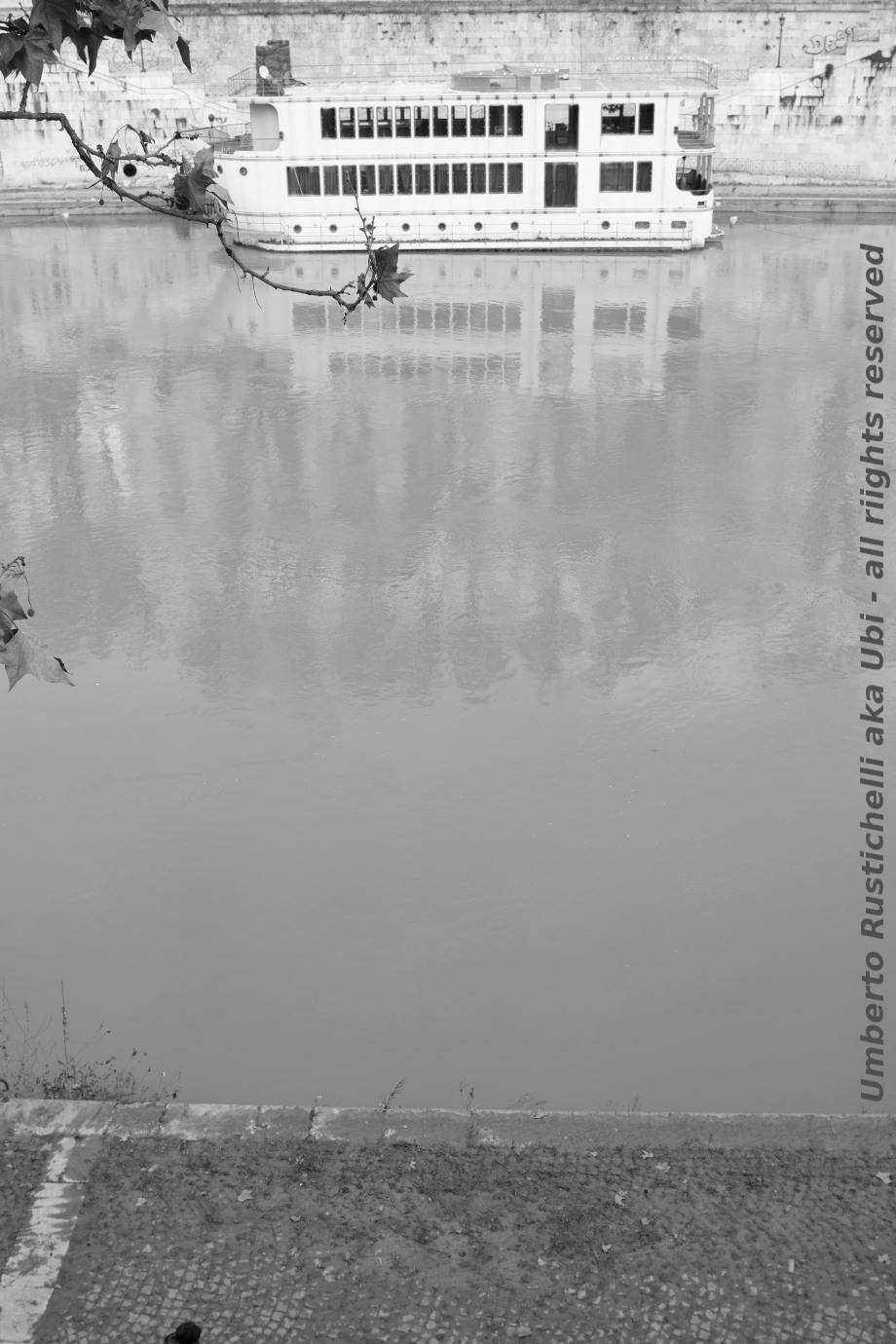
Recently I am focusing on colours, especially the milder tones.
Here I am trying to reproduce a very subtle balance between grey and cyan.
Actually, this shot has been taken by my daughter Giulia:
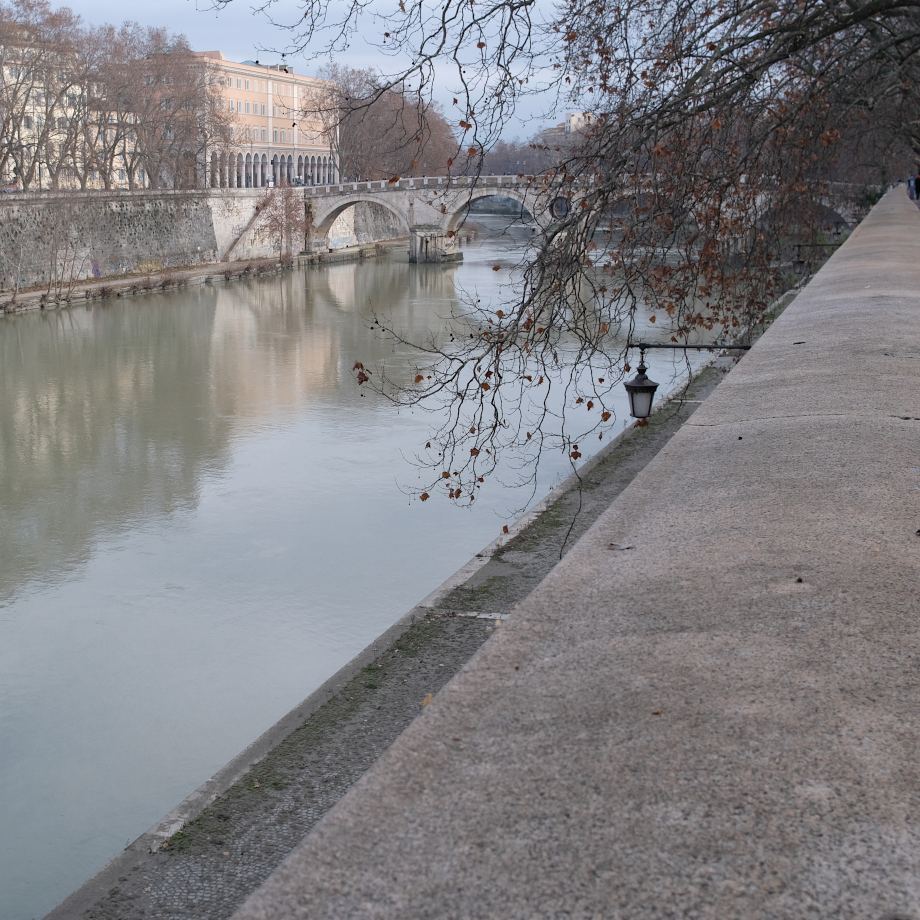
For the roses in the next image I have selected the "standard" film simulation on the Fujifilm XT-20,
so the camera should return the most natural colours. I can testify that the tones are very faithful to those of
the real scene. Again, colour reproduction is very good. Possibly just a bit saturated, a characteristic that many may like.
The large leaf in the background belongs to a very common Monstera plant, you can see by yourself that the green is well reproduced, too.

CONCLUSION
First of all, we must never forget that sharpness of wide-angle glasses may be spoiled, at borders, by sensors. Modern lenses have different characteristics, optimized for digital gear.
That said, the performance towards the APS-C border, in this case, is a bit subpar though not dramatically, and the center sharpness compensates for it.
So, If I were to judge this rare lens just by standard parameters, I'd say it's very good but not special, but there something very pleasant in the final rendering, partly due to the bokeh, that is both smooth and rather constant (usually you can spot some harsher areas, depending on the distance of the focus plane), partly thanks to the contrast, that is, again, very good. The outcome presents a very convincing IQ. The more I use it, the more I like it!
The character of this lens is pronounced, indeed, and it performs a lot like old-style equipment that excels in the center and sacrifices some of the rest, but this may also be causing the good blurring effect in out-of-focus areas.
Aberrations are generally well-controlled, this is not for granted and is another very positive aspect.
The shooting experience is very positive, focusing easy, I love it.
I think that the best qualities of the X-Fujinon 24mm are its smooth bokeh and sharpness in the center, second comes the contrast.
Once you know this lens, you can use it for non-classic (given the focal length) portraiture or street photography with pleasamt results.
I wouldn't keep it on the camera for general use, since (for 20 times the price of the 2nd hand 24mm!) I have purchased the digital-era Fujifilm 23mm that also sports auto-focus and is obviously optimized for digital APS-C sensors, but if you want to consider modern lenses, for other features you'd trade away the vintage look of the images from the X-Fujinon 24mm EBC; in comparison to other legacy (at times expensive) lenses, instead, this may not be the best option overall but it has its very strong points and fares quite well.
I have been wandering in Rome for a few days with it and I must say that I took a number of good images... all in all, this Fujinon was not a bad discovery, I really like it!